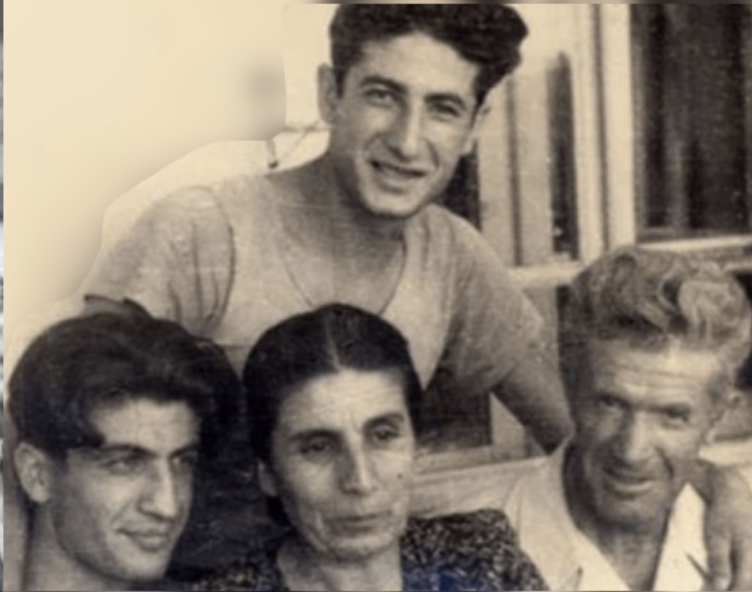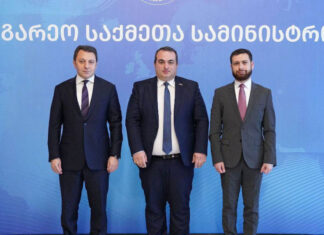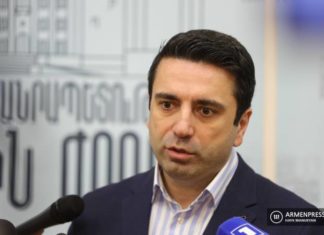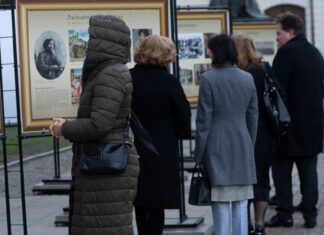YEREVAN — During his tenure as a leader of Soviet Armenia in 1974-1988, Karen Demirchyan took action to bolster the commemoration of the Armenian Genocide in the Republic. The tradition of the “minute of silence” on April 24, i.e., a minute when all citizens were asked to remain silent in honor of those who had fallen in 1915, was introduced and commemorative events took a more formal character. In 1998, when running for the presidency of a now independent Armenia, Demirchyan was asked about his position regarding the Armenian Genocide. He replied: “What else could my position be? I am the son of two orphans – a mother from Van and a father from Erzerum.”

Demirchyan was killed in 1999 because of a terrorist attack. Years later, as part of a crew working on “The American Good Samaritans,” a film that told the story of American people who helped us during the Genocide, this journalist recalled that statement and realized that the survival of Demirchyan’s parents must be connected to American relief efforts. Our crew met Rima Demirchyan, Karen’s widow, who, as it turned out, knew a lot about her husband’s parents and grandparents.
Based on our interview of her, the following story can be constructed.

Karen Demirchyan’s mother Lusine (Lusentag) Karakhanian was born in Van, in 1906. The family was wealthy and resided in the Aykestan part of the town. Notably, not fences but rose bushes marked the boundaries of their premises. Her father Hovsep owned a boat in Van and was engaged in fishing and agriculture businesses. “Once, when I was visiting the Pantheon [Karen Demirchyan’s gravesite in Yerevan], a local worker approached me and told me that his grandparent worked on Karakhanian’s boat in Van as a fisherman,” related Rima. Hovsep was described as a kindhearted man who was helping the locals.
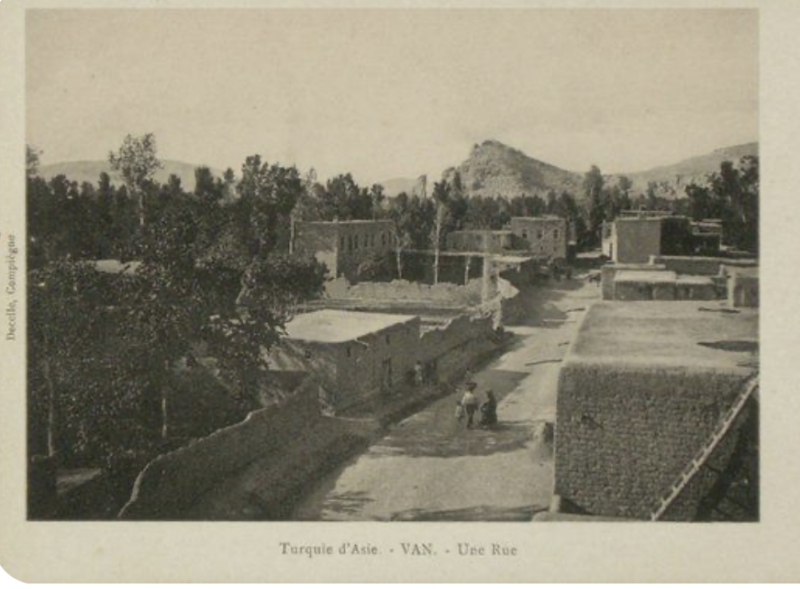
“An American woman, whom my mother-in-law identified as ‘Miss Silliman’ resided at Karakhanian’s house. Knowing this American lady would later play a huge role in the life of Lusine Karakhanian,” Rima noted.
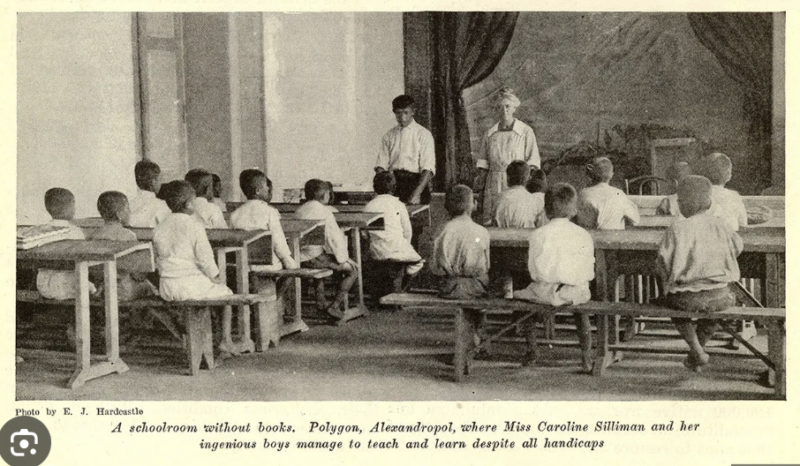
Many details that Demirchyan provided in her story are confirmed by other sources, both academic publications and memoirs. For example, the memoirs of Grace Knapp (1870-1953), another American missionary from Van, mention Caroline Silliman, described as “being in charge of the primary department.”






